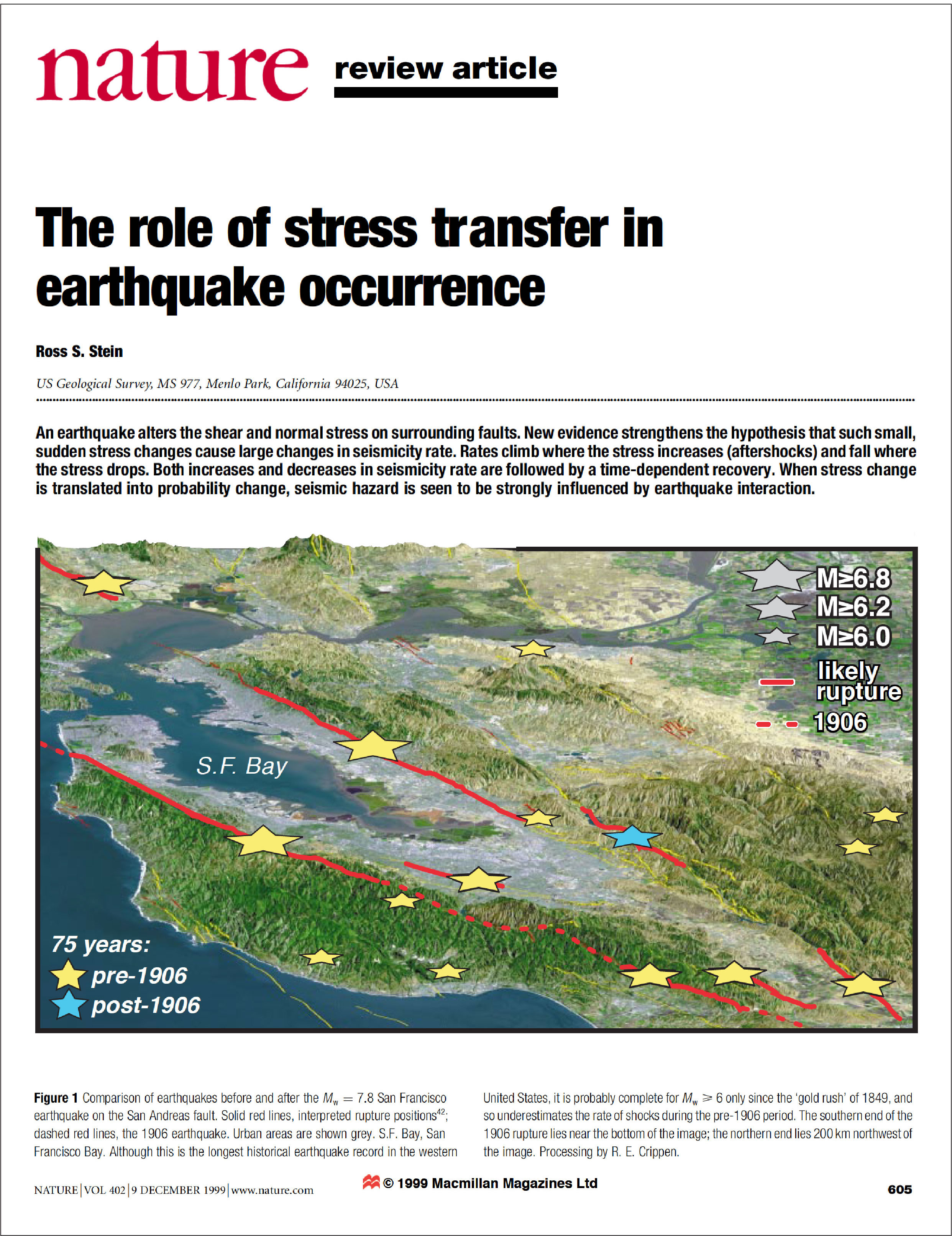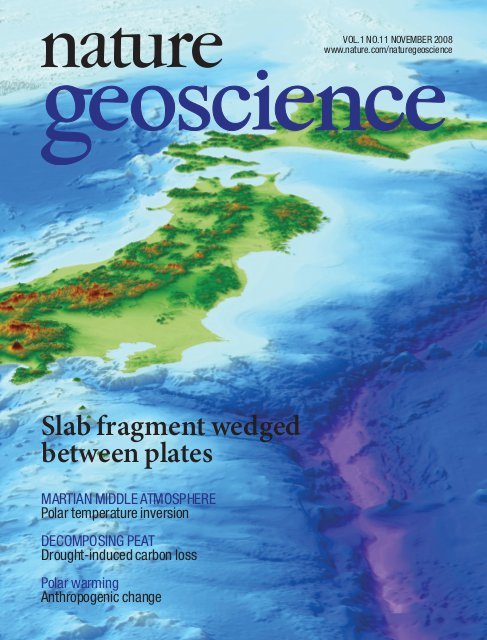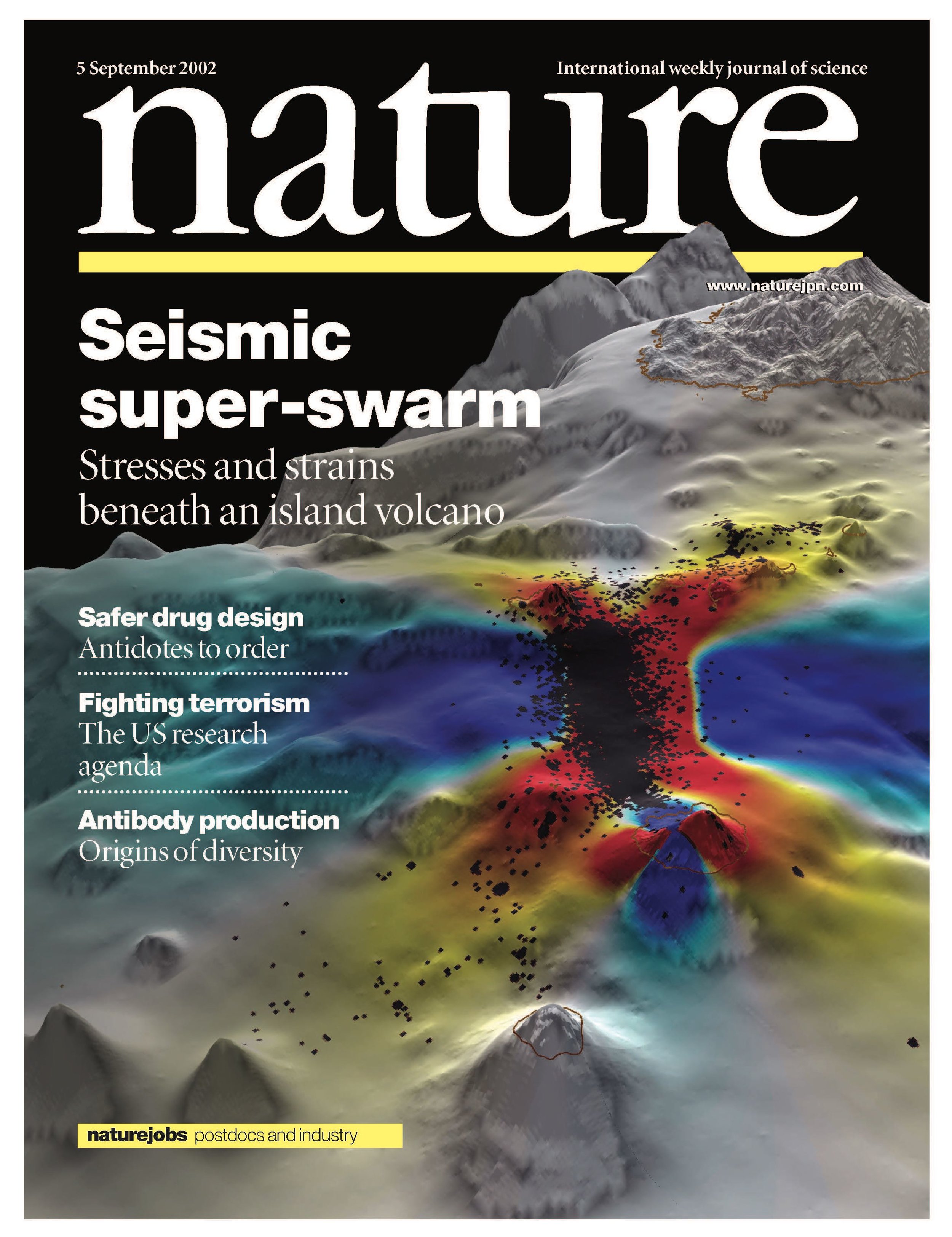Stein is an internationally recognized earthquake scientist who has worked extensively in Japan, Taiwan, Turkey, France, Switzerland, and Italy.
Scientific Achievements
Stein’s principle scientific insight is that earthquakes are often chain reactions, in which falling-domino quakes can rupture an entire fault or set of faults, or in which one quake can shut down faults around it. He developed a tool to forecast how earthquakes promote or inhibit each other, Coulomb 3.4, which is in wide use today.
In 2003, the Science Citation Index reported that Stein was the second most-cited author in earthquake science during the preceding decade; he was the 10th most cited earthquake scientist for the 110-year span, 1900-2010*. Citations reflect how often a scientist’s publication is referenced in their own papers, and so are a measure of impact. Stein was Editor of the Journal of Geophysical Research in 1986-89, and later chaired AGU’s Board of Journal Editors. He has been published in Science and Nature many times, and Scientific American twice. Stein received an Sc.B. from Brown University magna cum laude and with honors, and a Ph.D. from Stanford University. Stein is frequently asked to be a keynote speaker at international scientific conferences. (*Liu et al, A bibliometric study of earthquake research: 1900-2010, Scientometrics (2012), doi:10.1007/s11192-011-0599-z)
A Fellow of the Geological Society of America and the American Geophysical Union (AGU), Stein is President-Elect of the Tectonophysics section of AGU. He received the 2012 Gilbert F. White Natural Hazards Award of the AGU, the Eugene M. Shoemaker Distinguished Achievement Award of the U.S. Geological Survey, the Excellence in Outreach Award of the Southern California Earthquake Center, and the Outstanding Contributions and Cooperation in Geoscience Award from NOAA.
Entrepreneurial Initiatives and Leadership
In 2009, Stein cofounded the Global Earthquake Model Foundation, a public-private partnership building the first seismic risk model for the world. GEM is headquartered in Pavia, Italy, with a staff of 25. Stein chaired GEM’s Science Board for its first 5 years, spending a total of a year in Pavia. Stein was profiled in a 2013 Nature news feature, “Quake Catcher: With earthquake death tolls rising, Ross Stein is building a global risk model to mitigate future disasters.”
In April 2014, Stein left the USGS to cofound Temblor, Inc., which in November 2015 launched a free and ad-free mobile-friendly web app, www.temblor.net, to let everyone in the U.S. find out the risk of earthquake damage to their home, and learn how it could be reduced. Temblor puts information in the hands of homeowners that was formerly known only by insurance companies. Temblor was featured in a SF Chronicle article and a brief NY Times article in December 2015, and two KGO Radio interviews.
To learn more about Temblor, please Click the link below:
Teaching and Education
Stein teaches a graduate course in the Geophysics Department at Stanford, 'Effective Scientific Presentation and Public Speaking.' Among other things, students learn how to give press interviews. Here is a 4.5-min video edited down from the 3-hr press interview exercise, held in the USGS press room under the klieg lights. Stein plays the reporter, and each student gets time in the hot seat.
Writing and Publications
Stein is quoted and has contributed to a number of publications including the New York Times, Wall Street Journal, LA Times, SF Chronicle, Science and Nature. Click the links below for examples of his work.





